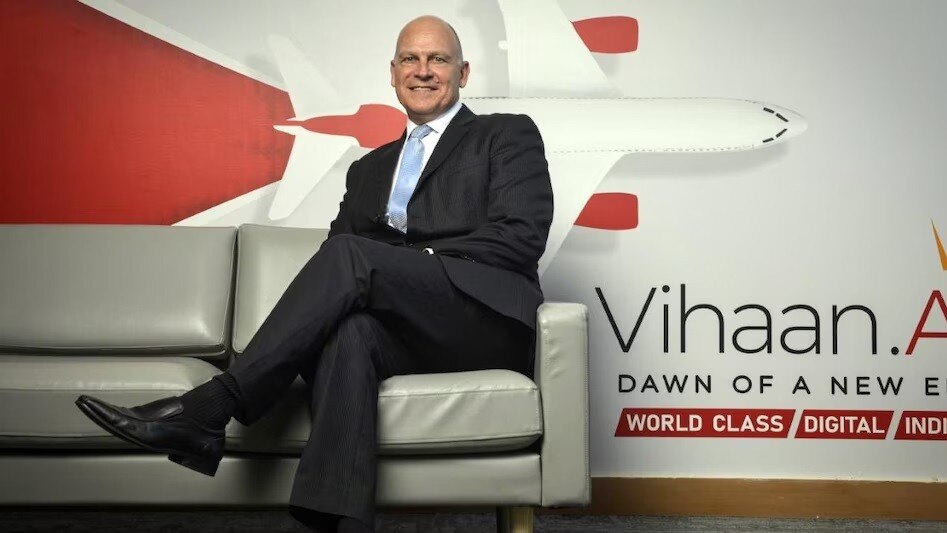After three years of behind-the-scenes integration and fleet expansion, Air India is now shifting gears to focus on product consistency and competitive pricing as it eyes a stronger domestic and international play, CEO Campbell Wilson told Business Today in an exclusive interview.
At the heart of Air India’s transformation has been the merger of four airlines into a two-brand structure — Air India and Air India Express — and the induction of over 100 new aircraft, with its 470 already in the fleet, Wilson confirmed that the full transformation, including complete cabin upgrades, will be achieved by 2027.
“We’re already seeing world-class product on our A350s flying to Heathrow and New York. The goal is to bring all legacy aircraft up to that standard — narrowbody upgrades will be done this year, and widebody retrofits are underway,” Wilson said.
Price sensitivity meets premium product
As India’s aviation market becomes more competitive and price-sensitive, especially in metro-to-metro routes, Wilson acknowledged the importance of maintaining a lean cost structure without compromising on quality. “We are mindful of India’s price dynamics, but the real differentiator is consistency in service and product. That’s our focus now,” he said.
Wilson’s remarks come as domestic competition intensifies, with low-cost carriers expanding rapidly into international markets. “India is a large and growing market — it can accommodate more than one strong player. Our emphasis will remain on premium experience with value,” he added.
Market share & airport strategy
Air India’s domestic market share has risen from 8-9% pre-privatisation to about 25-26% now, despite pulling out some aircraft for retrofitting. “We’re targeting 30% by the end of our five-year plan. On key metro routes, we already hold about 50% share,” Wilson noted.
With new airports like Navi Mumbai set to come online, Air India plans to operate from both the existing and upcoming hubs. However, Wilson flagged operational complexity as Air India functions as a hub carrier. “We’re working closely with airport operators to ensure a seamless transition without impacting our network efficiency,” he said.
International growth and infrastructure needs
While 65% of Air India’s capacity is international, the CEO stressed the need for improved airport and airspace infrastructure in India to support projected growth. “Terminal expansion, faster immigration processes, and modern air traffic management are crucial. India should not just be a travel destination but also a transit hub,” he said.
Despite supply chain delays that pushed aircraft deliveries and retrofits back by 6-24 months, Wilson remained optimistic: “We’re still on track. The heavy lifting is done. Now comes the phase of consistency, reliability, and financial strength.”
As India’s aviation industry matures, Air India is positioning itself not just as a national carrier — but as a global one, with world-class service and a sharper commercial edge.







